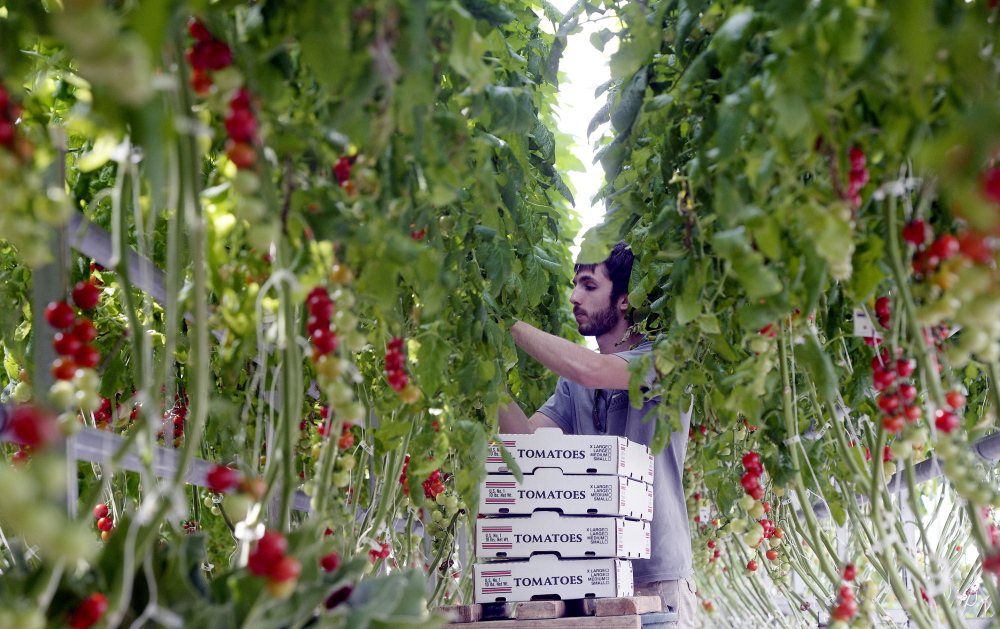Maine’s farming industry, and the popularity of the food it provides, have exploded in the decade since the University of Maine System signed its last food-service contract.
In that time, the number of farmers markets has doubled, and local food is not only available at restaurants, grocery stores and markets of all sizes, it is practically required.
So it makes perfect sense that those local foods are part of the UMaine System’s next 10-year contract, a change that would benefit both the students and staff at the seven campuses covered by the contract, and the Maine farms that could use new customers.
That’s the goal of a new collaborative, Maine Food for the UMaine System, a group of local farm and food advocates that last week asked the UMaine System board of trustees to set as a goal sourcing 20 percent of its food from inside the state.
The request comes as trustees prepare to negotiate the new food contract, as the current 10-year, $12.5 million deal with Aramark is up in 2016.
The contract covers UMaine campuses in Augusta, Farmington, Fort Kent, Machias and Presque Isle as well as the two University of Southern Maine campuses. The main campus in Orono is covered under a separate deal.
The goal is certainly not out of reach, and it may be underestimating what is possible. Trustees voted in May to make local food a priority throughout the system, and the board chairman said there is “tremendous support” for the initiative.
In fact, the Orono campus, which provides meal plans to nearly 4,000 students, spends 18 percent of its food budget on Maine food. One would think the same level is achievable at the other campuses, which combined serve about 3,000 meal plans.
Maine public schools already exceed that number. Portland schools, for instance, spend a reported 37 percent of their food budget on local foods, while Unity schools spend about 40 percent.
Nationwide, 22 universities, including the University of Massachusetts at Amherst and the University of Vermont, have pledged to use up to 40 percent of their food budgets on what is being categorized as “real food,” or food that is locally sourced, ecologically sound and humanely produced.
Hampshire College, a school of 1,400 in western Massachusetts, is aiming for 100 percent. Its vendor, Bon Appetit, recently bought 40 shares in a local community-supported agriculture program in order to help reach that goal.
Reaching 20 percent also would put more money in the hands of Maine farmers, and help establish the partnerships and supply chains necessary to turn Maine’s thousands of small farms into a huge economic engine capable of reaching a large number of customers.
That makes the 20 percent goal not only perfectly attainable, but also the right thing to do.
Send questions/comments to the editors.



Success. Please wait for the page to reload. If the page does not reload within 5 seconds, please refresh the page.
Enter your email and password to access comments.
Hi, to comment on stories you must . This profile is in addition to your subscription and website login.
Already have a commenting profile? .
Invalid username/password.
Please check your email to confirm and complete your registration.
Only subscribers are eligible to post comments. Please subscribe or login first for digital access. Here’s why.
Use the form below to reset your password. When you've submitted your account email, we will send an email with a reset code.